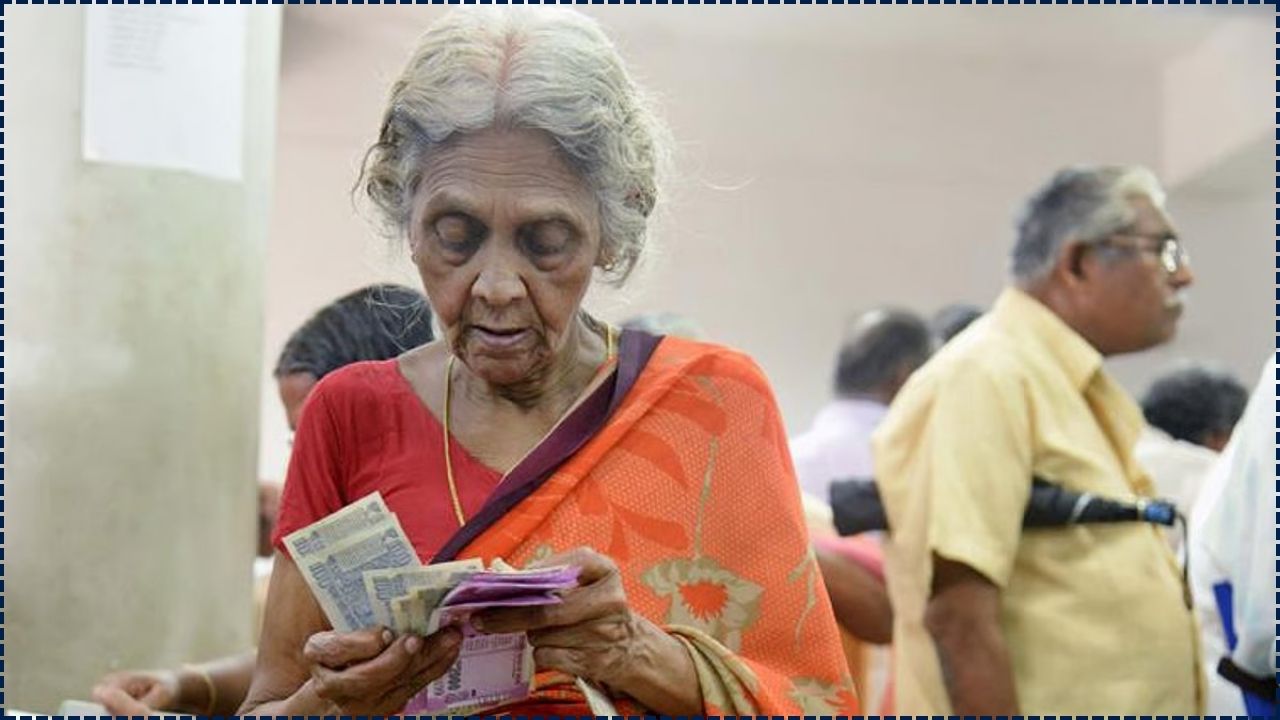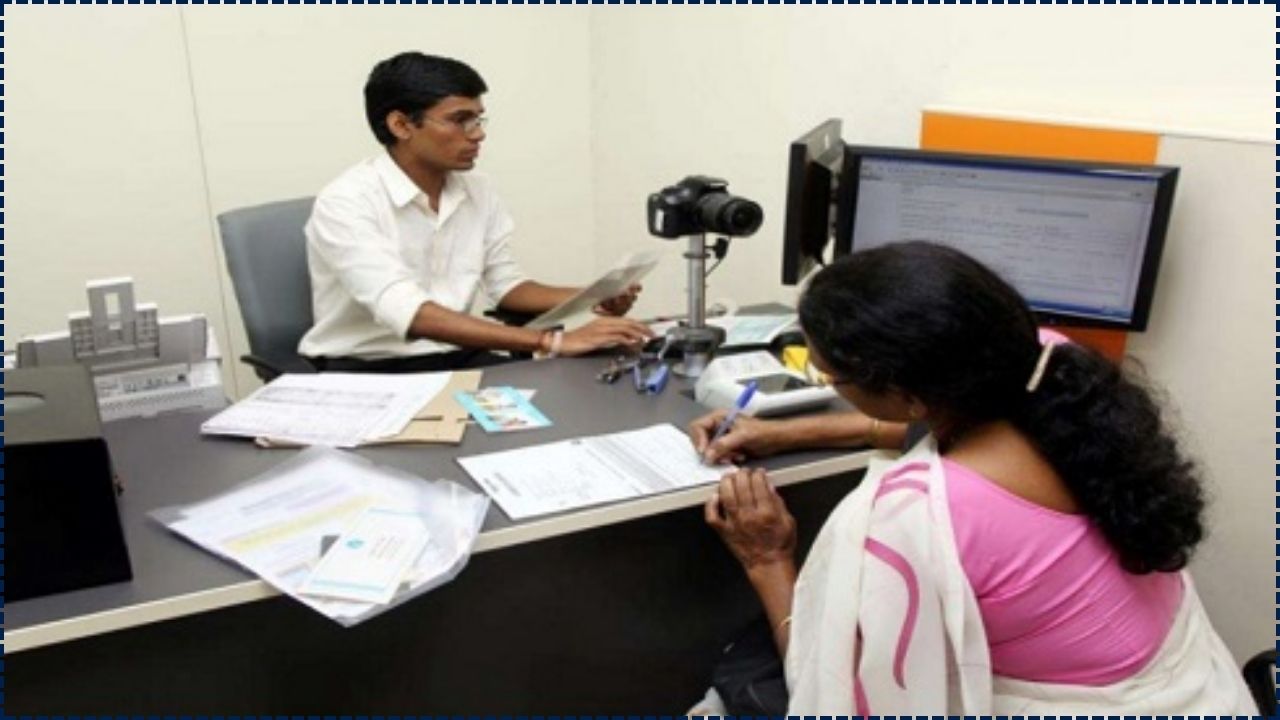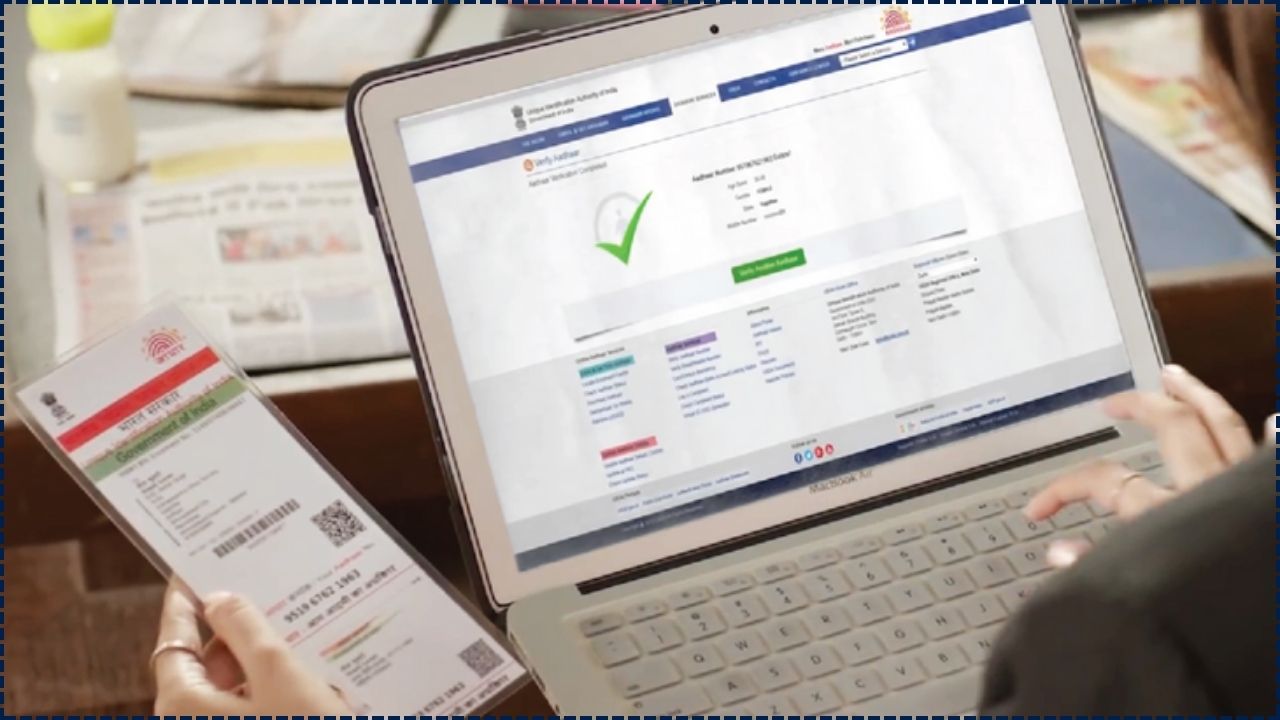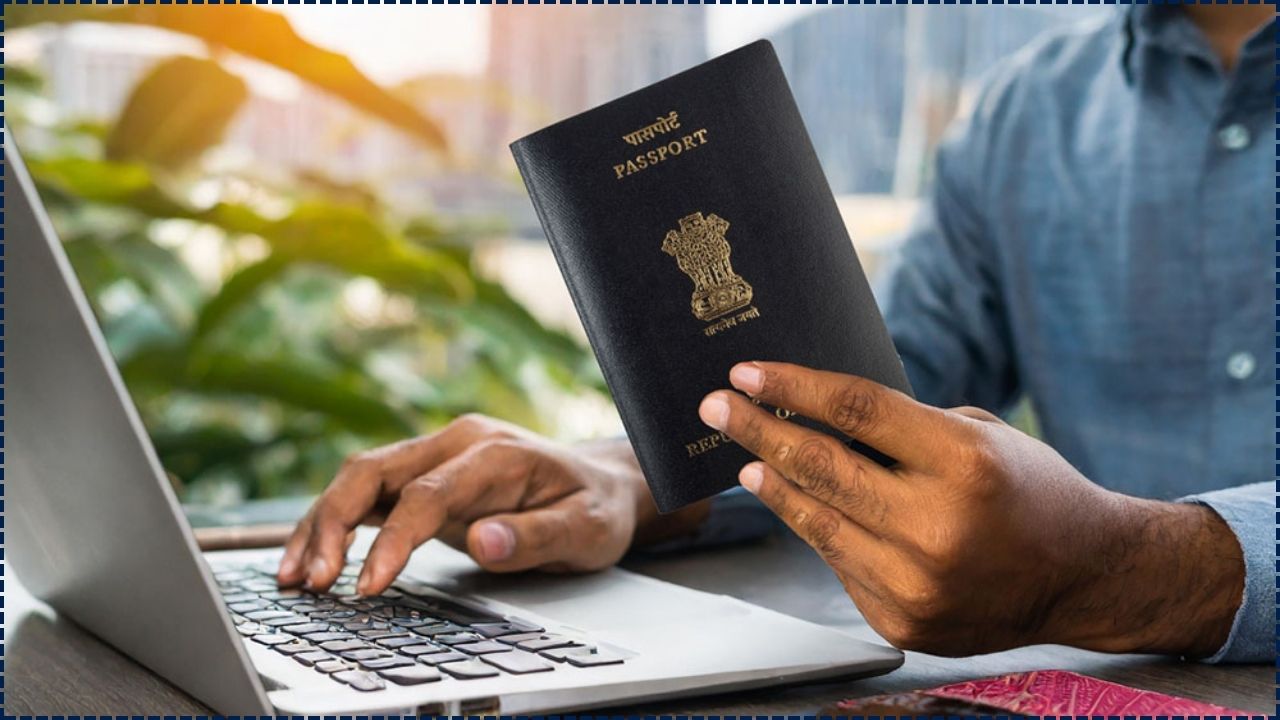Technology’s transformative impact on Indian administration has illuminated a path toward greater transparency, reduced bureaucratic barriers, and empowered citizens, reflecting a deep commitment to fostering an inclusive society where every individual’s voice is valued. By strengthening oversight and enabling access to services, these advancements uplift communities, particularly the marginalized, ensuring they can engage with governance equitably.
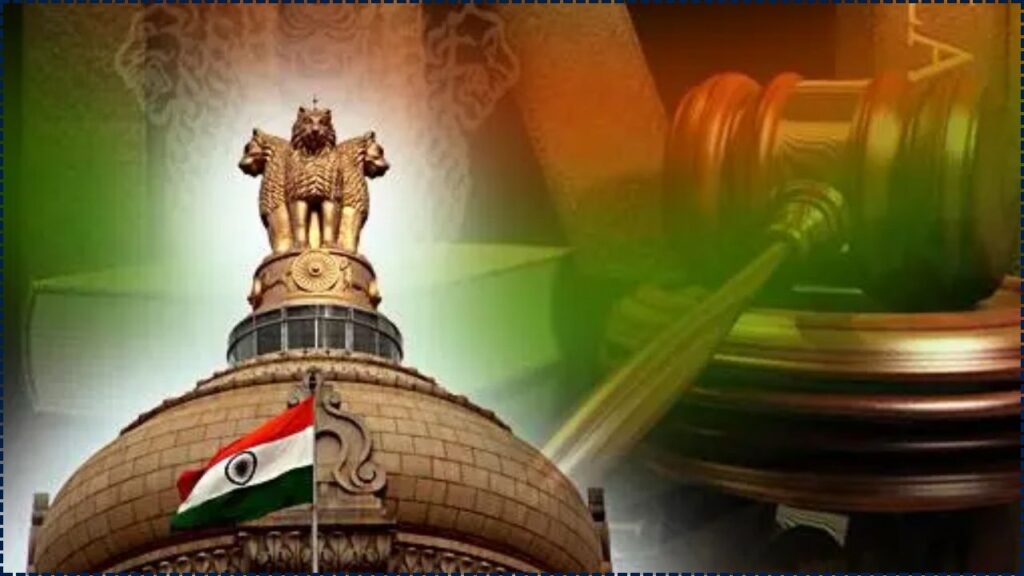
As India looks to the future, balancing digital innovation with robust accountability and privacy safeguards will be crucial to nurturing trust and protecting rights, uniting policymakers, technologists, and citizens in a shared mission to create a compassionate, transparent, and equitable digital governance framework that empowers all to thrive with dignity.
Technology has become central to ensuring transparency in Indian administration, reshaping how government delivers services and interacts with citizens. From e-governance portals to mobile platforms, digital initiatives are reducing corruption, streamlining processes, and empowering public oversight.
India’s Push Towards E-Governance
The government’s Digital India programme, launched in 2015, has been pivotal in institutionalising transparency. Its core objective is to transform India into a digitally empowered society and knowledge economy. By leveraging Information and Communication Technology (ICT), the initiative aims to deliver services faster and more equitably.
According to the Ministry of Electronics and Information Technology (MeitY), more than 3,500 services are now available online through central and state portals, reducing reliance on intermediaries and enhancing accountability.
Digital Platforms Driving Transparency
The Open Government Data Platform
The Open Government Data (OGD) Platform, launched in 2012, allows access to public datasets in machine-readable formats. It encourages research, policy analysis, and civic engagement, strengthening accountability in areas ranging from health to infrastructure.
MyGov: Engaging Citizens Directly
The MyGov platform enables participatory governance by inviting feedback, ideas, and policy suggestions directly from citizens. This crowdsourced approach not only increases transparency but also strengthens public trust in decision-making processes.
Unified Portals for Service Delivery
Portals such as DigiLocker, e-Sign, and Umang App have streamlined citizen interaction with government agencies. By providing digital verification, online documentation, and service access, these tools minimise red tape and reduce opportunities for corruption.
Case Studies of Technology Enhancing Transparency
Sampada 2.0 in Madhya Pradesh
The Sampada 2.0 system, which digitises land registration, won the National e-Governance Gold Award in 2024. It incorporates video KYC, Aadhaar integration, and GIS mapping to ensure secure, transparent, and paperless property transactions.
Real Estate Regulation with RERA Portal
The unified Real Estate Regulatory Authority (RERA) portal integrates land records and regulatory compliance data, allowing buyers to monitor project status in real time. Experts say the move has improved accountability in India’s real estate sector.
Bihar’s RTPS and HRMS Tools
Bihar’s launch of a Right to Public Services (RTPS) portal and Human Resource Management System (HRMS) app has digitised citizen services and workforce management, reducing bureaucratic opacity.
Technology for Financial Oversight
At a recent conference, Lok Sabha Speaker Om Birla stressed the use of artificial intelligence and analytics in monitoring government spending. He emphasised dashboards and digital auditing systems as tools for improving financial transparency and ensuring prudent use of public funds.
Related Links
Integrated Government Online Directory: A State-by-state List of Important State Government Websites
The Future of Digital India: What to Expect from E-governance 2.0
Challenges in Balancing Transparency with Privacy
While transparency is critical, concerns remain regarding data privacy and digital exclusion. The Digi Yatra project, which uses facial recognition for airport boarding, has drawn scrutiny from rights advocates who highlight risks around data security, consent, and accountability.
Experts argue that while technology strengthens transparency, it must be accompanied by robust legal frameworks and citizen awareness to safeguard individual rights.
The Road Ahead
India’s journey underscores that technology serves as a powerful enabler of good governance, not a replacement, highlighting a compassionate commitment to empowering every citizen through inclusive reforms that prioritize expanding digital literacy, bridging urban-rural access divides, and strengthening data protection frameworks.
By focusing on these priorities, India aims to ensure that all individuals, especially those in underserved rural communities, can access the benefits of digital progress with dignity and security. This vision unites policymakers, communities, and technologists in a shared mission to foster a transparent, equitable, and resilient society where technology uplifts lives, protects rights, and creates opportunities for every citizen to thrive in a connected, compassionate future.

